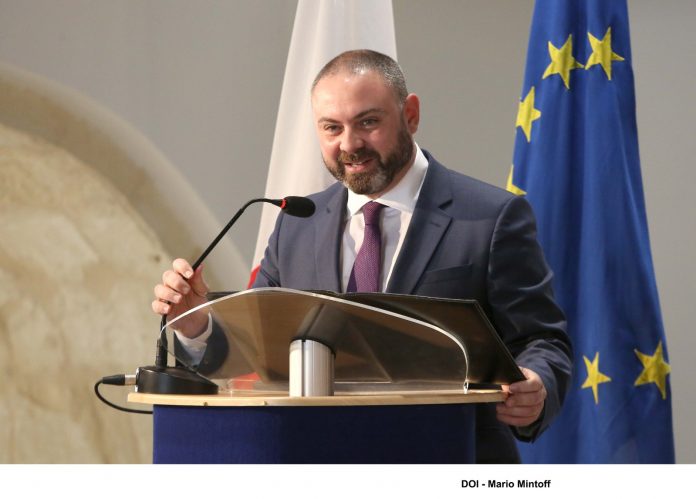A project financed by the Malta Council for Science and Technology developed a non-contact and non-destructive approach for the early detection of microbial contaminants that are responsible for food spoilage, with a focus on slow-growing fungi in dairy products.
The project involved a collaboration between the Centre for Biomedical Cybernetics, the Department of Food Sciences and Nutrition at the University of Malta, and Farm Fresh Ltd, and received €195,000.
Every year, the European dairy industry processes approximately 152 million tonnes of raw milk, for consumption or for the production of food, feed and pharmaceutical products. The raw milk delivered by the EU-25’s 1.6 million dairy farmers, processed by the dairy industry, plays a vital role in rural areas, and the dairy industry represents approximately 15% of the turnover of the food and drinks industry in Europe, employing about 13% of the total workforce.
Typical tests currently in use for the analysis of milk products rely on lengthy procedures that can last from 24 to 36 hours for bacterial analysis, and 7 to 8 days for fungal analysis. Alternative methods such as rapid genomic subtyping may be faster but are very costly for SMEs not running their own Research and Development department, while the efficacy of methods such as infrared spectroscopy can be limited if the presence of water is above specific thresholds.
Dr Owen Falzon, senior lecturer at the Centre for Biomedical Cybernetics in the University of Malta said that; “The FIHI project consortium investigated the use of a hyperspectral imaging to assess the characteristics of food products at different spectral bands. These images can be considered as a fingerprint that characterises the composition of the object being analysed.”
He added that; “Through the automated processing and analysis of the hyperspectral data, this system can help identify contaminated products while reducing time and effort for food sample inspection.”
In light of recent foodborne illness outbreaks, the early detection of contaminated products in the processing chain can allow for immediate action to prevent contaminated batches from moving further down the production and distribution line and reaching the end customer, leading to a significant social as well as economic impact especially in regions at greater risk.
The ġbejna, which forms an integral part of the Maltese food heritage, is made from sheep or goat milk curds and aged for several months to develop its distinctive taste. During the aging process, the cheese can become spoiled by fungi and unsafe for human consumption.
This is a significant public health risk and a financial liability for producers. Conventional microbiology techniques may involve lengthy analysis procedures for the detection of these slowgrowing unpigmented fungi, allowing occasional distribution of contaminated products.
To test this hypothesis, a model cheeselet was produced with the involvement of Farm Fresh limited to conduct compatibility and stability studies, through measurements of colony forming units, water activity, moisture levels, pH, protein and sugar content. The ġbejna model was then challenged with fungal strains isolated from commercial ġbejna and imaged using a hyperspectral camera.
Speaking during a public engagement event which was held at Esplora, the Interactive Science Centre in Kalkara, Minister for Research, Innovation and the Co-ordination of Post Covid-19 Strategy Owen Bonnici said that this project highlights the great importance of investment in R&I in order to generate economic wealth.
“The importance of the formation of consortia between public and private entities was also highlighted here,” he said, and stressed that knowledge transfer was achieved in both directions within a consortium which is crucial to concretising research to deliver solutions to challenges faced, not only within science, but within economic growth and competitive impact.
Executive Chairman of the Malta Council for Science and Technology Dr Jeffrey Pullicino Orlando said that; “The Malta Council for Science and Technology (MCST) has been given a mandate to offer support not only to academic institutions, but also to private and public entities which foster research and innovation to drive international competitiveness. Through FUSION, the MCST provides support on two levels – the first being the guidance and mentoring of the technological feasibility when it comes to aspects such as the market-readiness and economic impact. The second, is considerable financial support to enable collaborative and translational research activities.” He congratulated all involved in the project.










